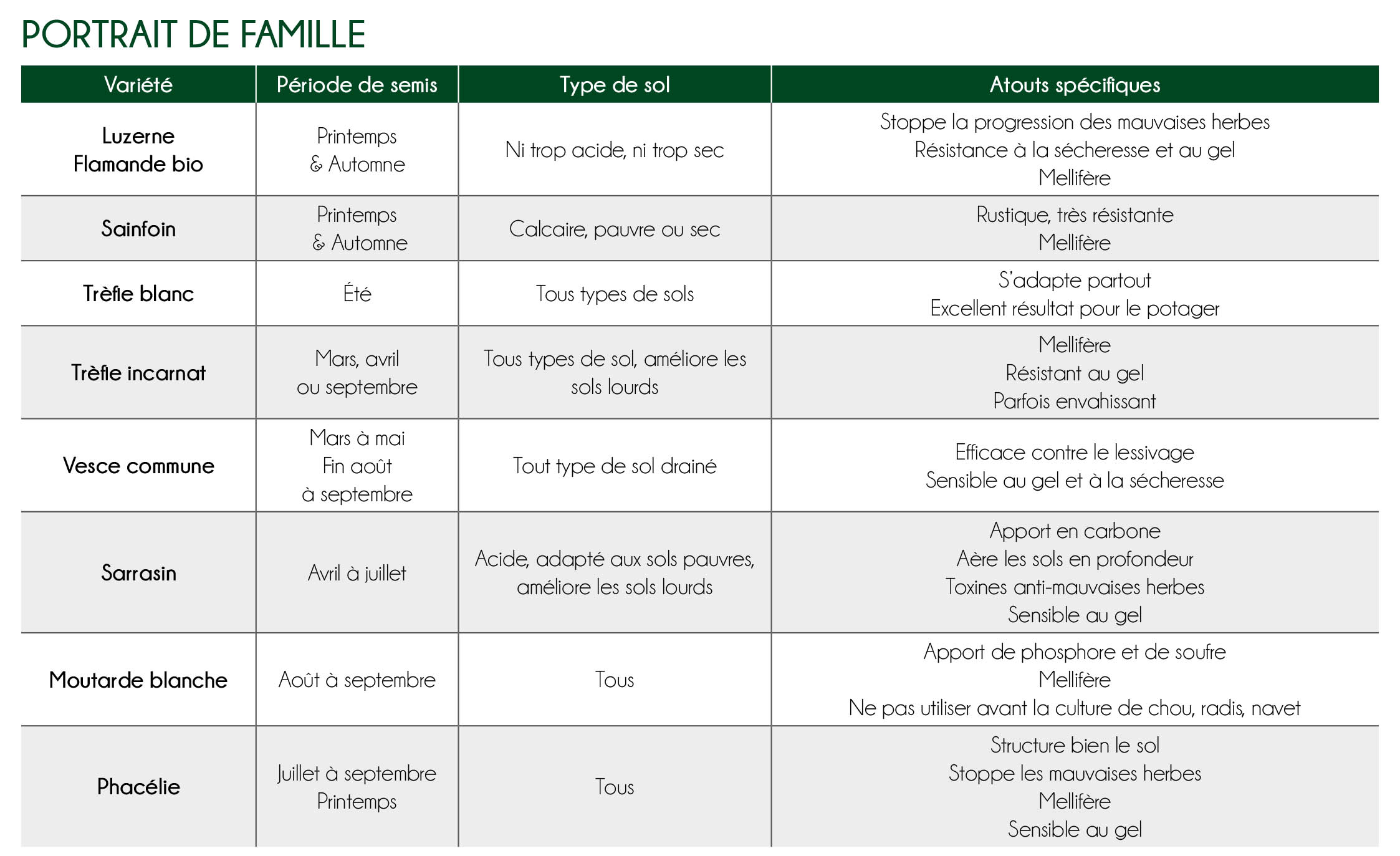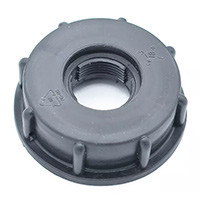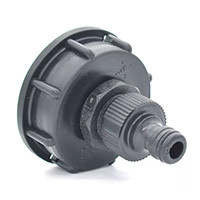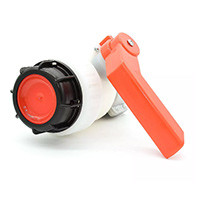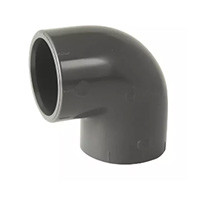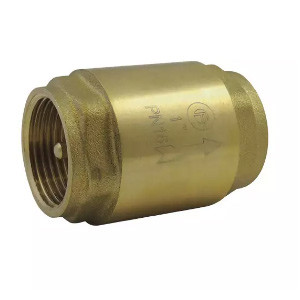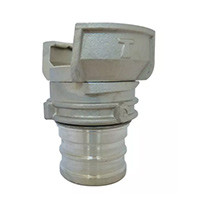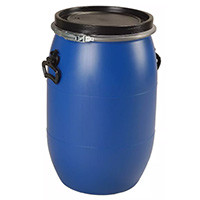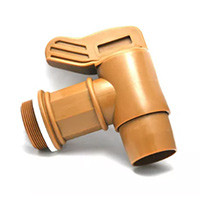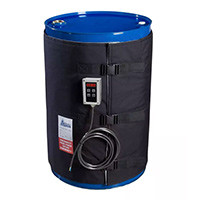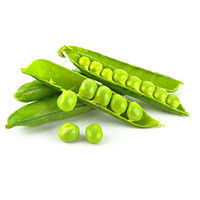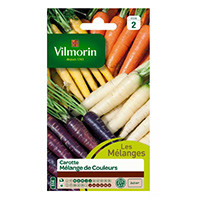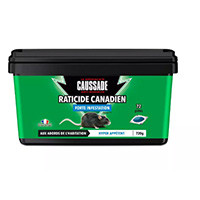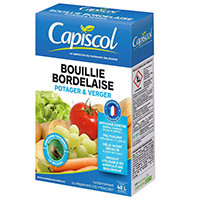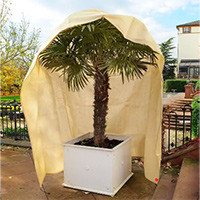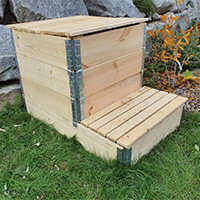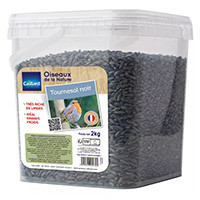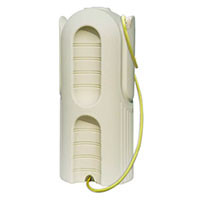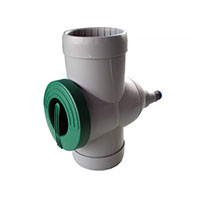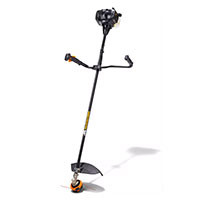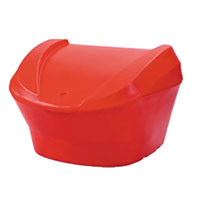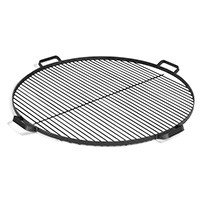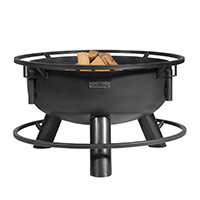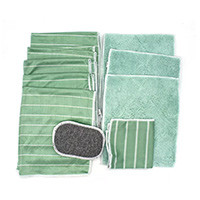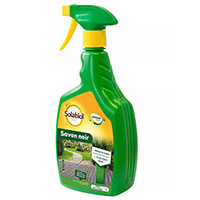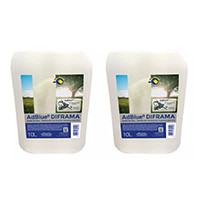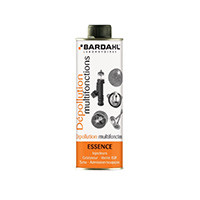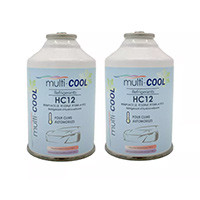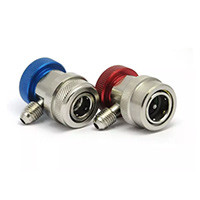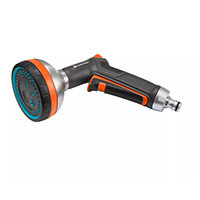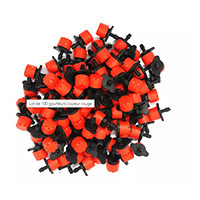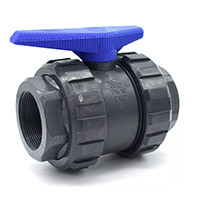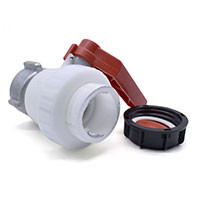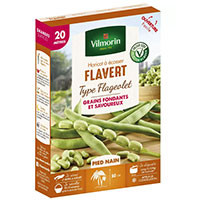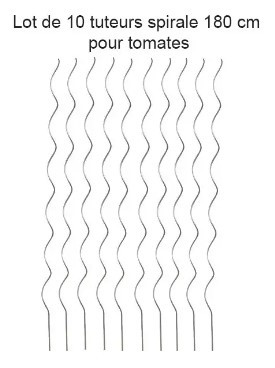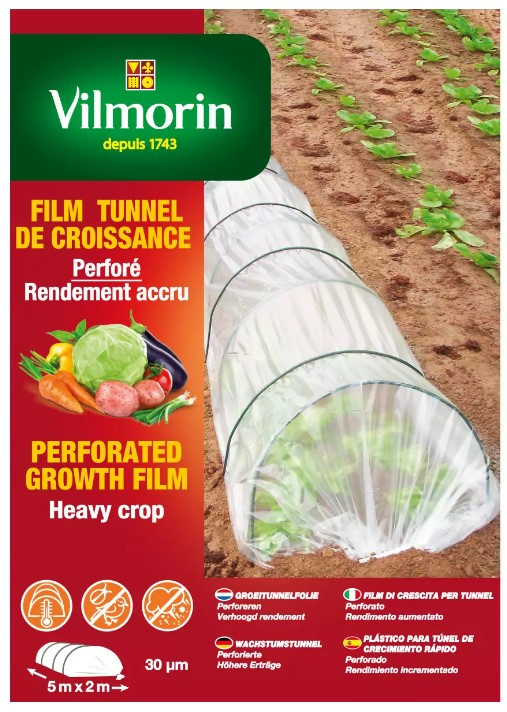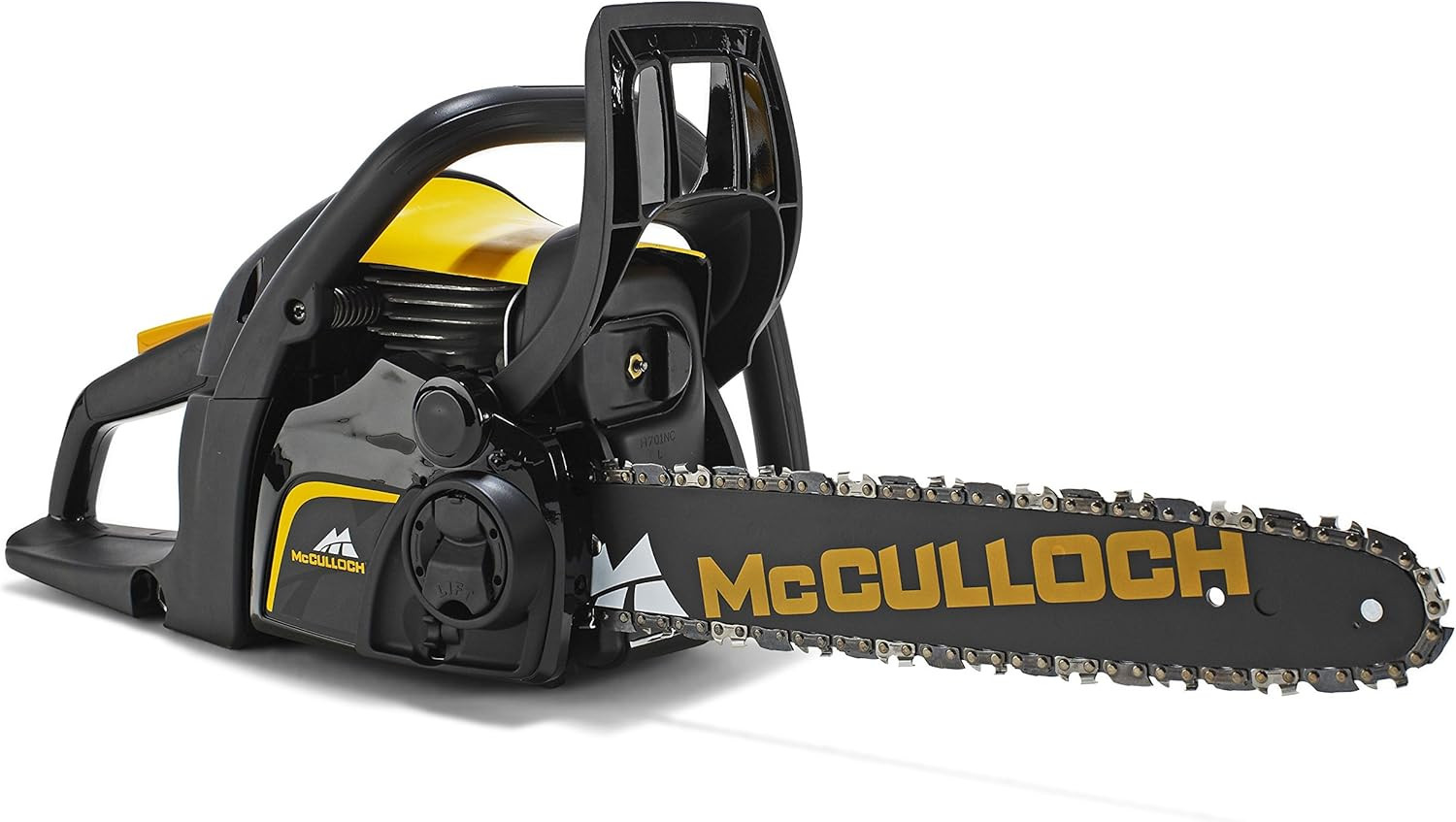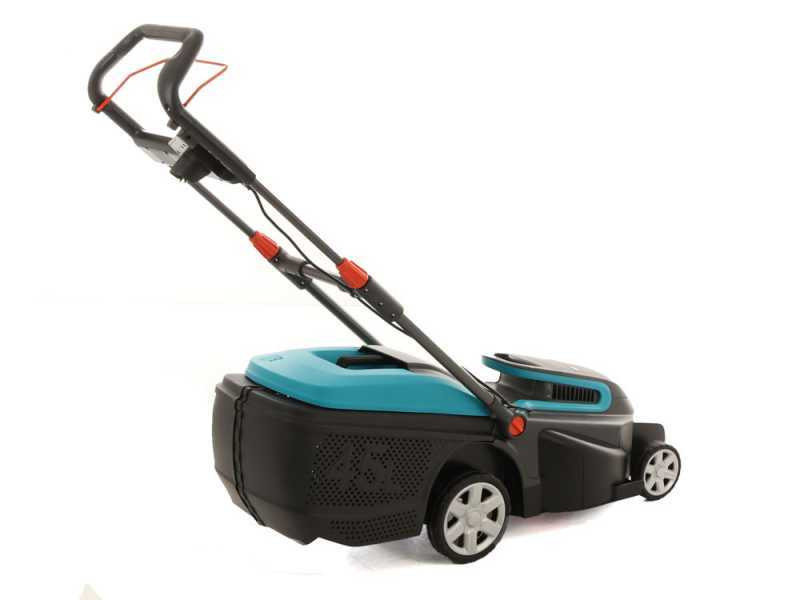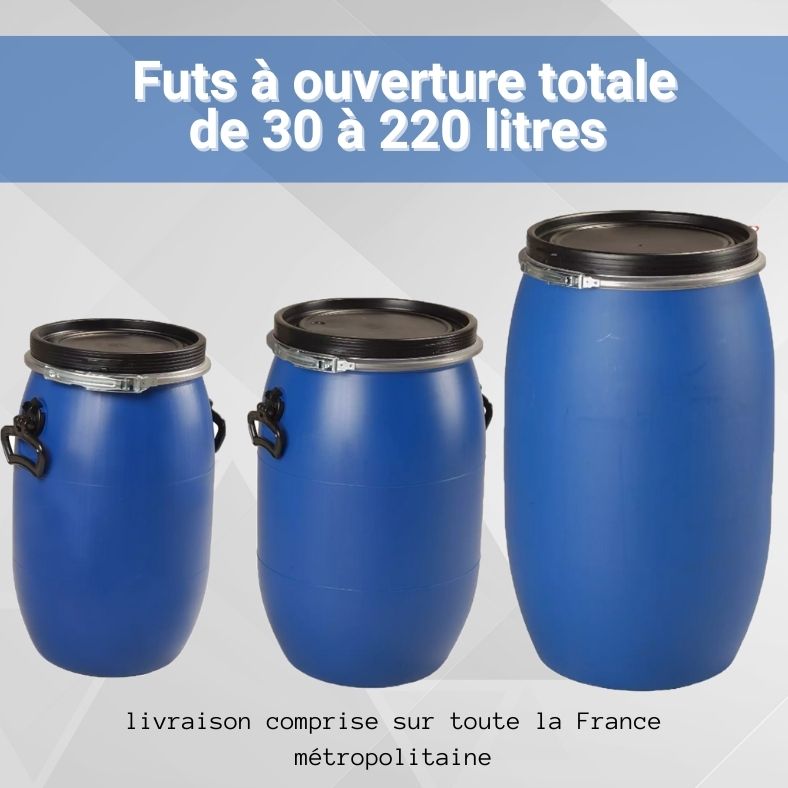Plants useful in the vegetable garden, specially grown to take care of the soil
Nature is well made. Some plants have the power to optimize the fertility of the earth naturally: nitrogen, carbon, aeration of the soil. They will also protect the soil surface from drying out or erosion and also attract pollinating insects. Itjust make its selection according to the needs of the vegetable garden, the desired colors and the planting period. Plants useful in the vegetable garden
how to use itIn practice, the use of plants useful in the vegetable garden takes place in 3 stages. Once sown, the plants should be allowed to grow until they are fully flowering, about 2 months. The wilted plants are then cut and crushed with a mower and left on site for 8 days of drying. Finally, they must be buried underground where they will take about 4 to 5 weeks to decompose.
The benefits of the growth cycle
- The earth is not left bare, the useful plants protect it from erosion caused by the wind, from the sun that dries it out and from the rain that compacts it.
- Unwanted plants cannot grow because space is occupied.
- The flowers of useful plants attract pollinating insects.
- The roots loosen the soil, aerate it and structure it.
- The furrows generated by the plantations facilitate the exchange of air and water with the surface.
The benefits of the landfill cycle
- The decomposition of plant matter enriches the soil with organic matter and produces a 100% natural fertilizer that performs very well
- This process also attracts microorganisms that help degrade useful plants and other fertilizing elements already present in the soil.
- Decomposed plant matter provides easily assimilated elements in greater quantities for future vegetable crops.
A natural and astute approach
While the vegetable garden is at rest, the land is working! The range of useful organic plants VILMORIN allows to sow at different times of the year depending on the variety. A method of protecting and fertilizing soils that is as virtuous as it is decorative. In practice, the idea is to anticipate to prepare the ground of his vegetable garden 8 to 10 months in advance.Feed, beautify, protect the soil
To each his own colors, to each his period of sowing
All useful organic plant varieties VILMORIN share the same benefits on soil aeration and structuring, protection from unwanted herbs and nitrogen inputs. But each has its ideal planting season and its specific strengths.